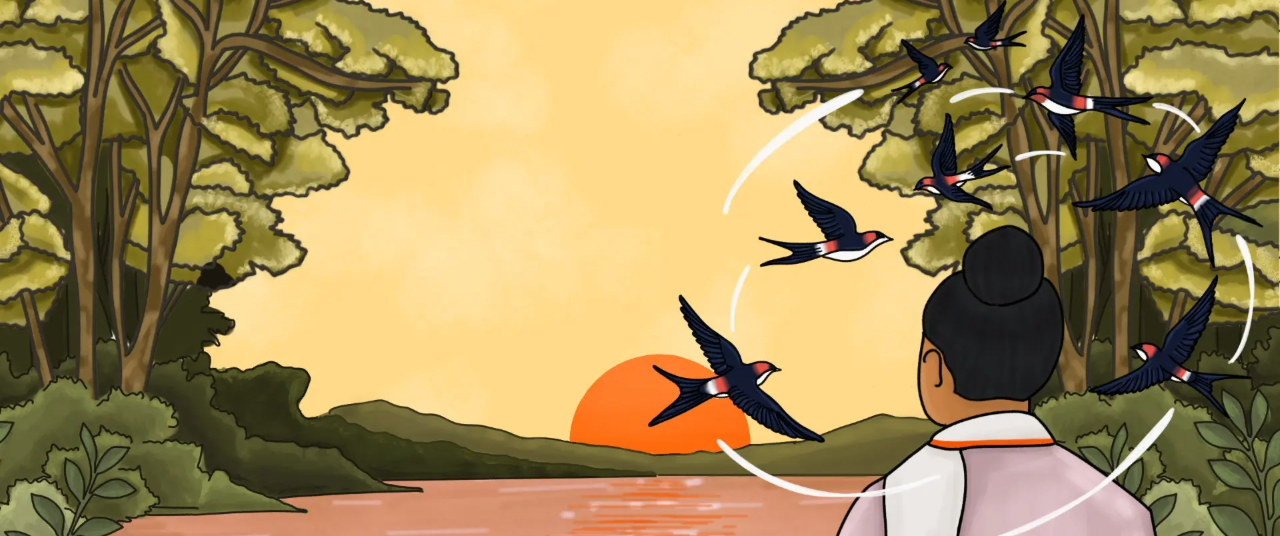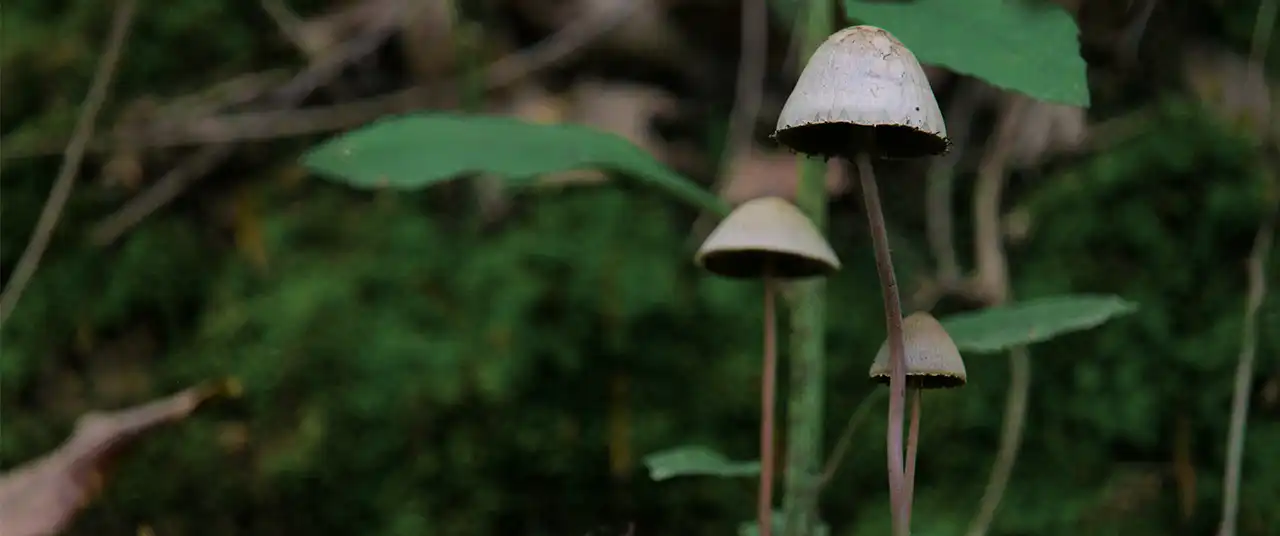How one man nurtured 100 edible ecosystems across 300 acres






When Shihab Kunhahammed was 10, he planted his first tree—an act contrary to the sterile sameness of childhood routines—inspired by a nonagenarian grandmother with a green thumb, and a Malayalam film about land and longing. Five years later, when he was still in his teens, he realised that working with soil was his true calling, and that much work lay ahead to fulfill his potential.
Eventually, in 2015, at the age of 28, he’d leave behind a career in engineering to find himself in Hosur, Tamil Nadu, standing on a piece of land ready for something wild and breathing. What followed was less a project and more a patient endeavour: a forest, built leaf by leaf, fruit by fruit.
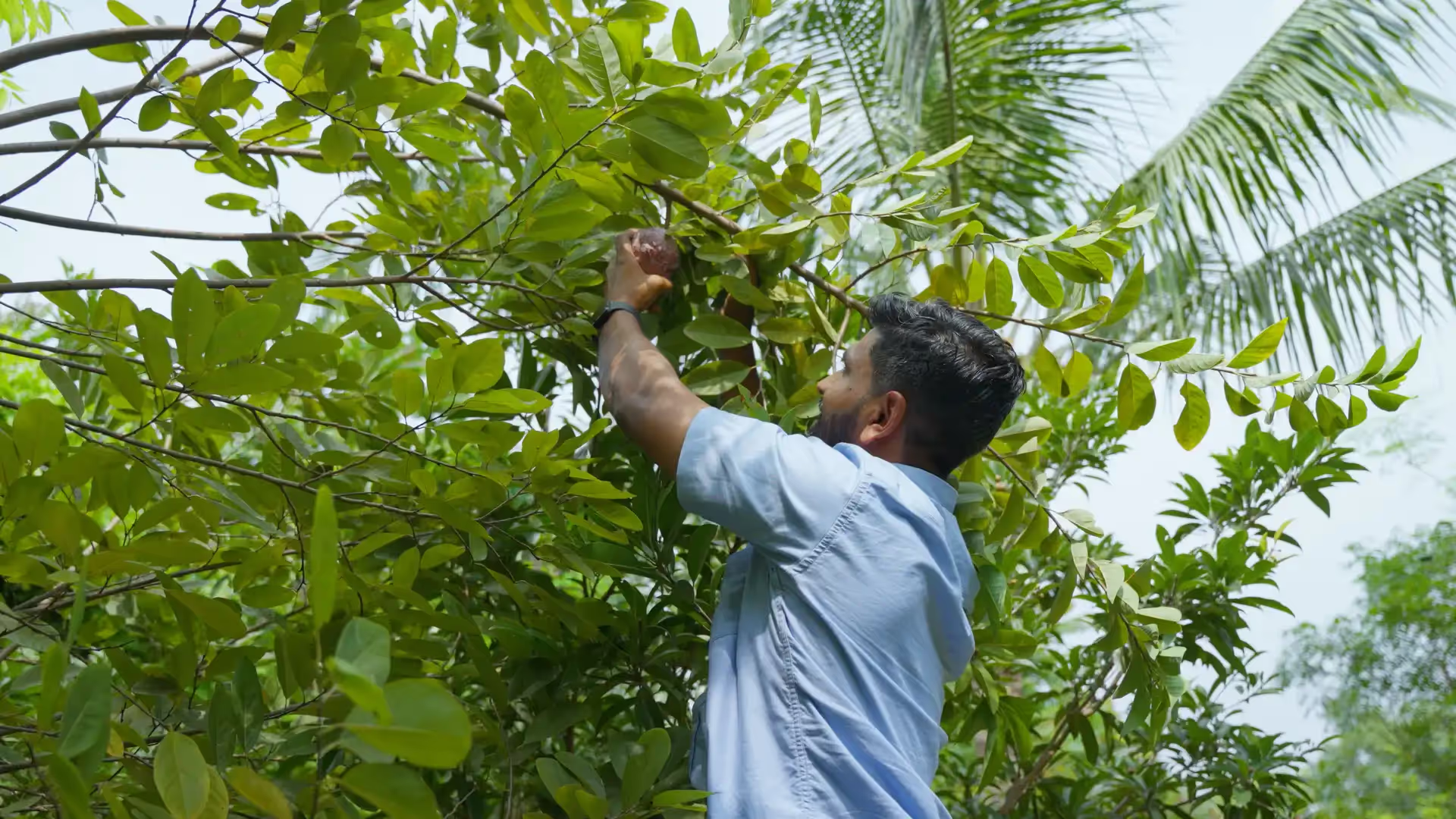
At first glance, Kunhahammed does not have the ‘look’ of an agricultural revolutionary: soft-spoken, slight, and dressed in a manner typically associated with teachers, he speaks with the deliberate care of someone who has learned not to waste words—or resources. “It wasn’t enough to just grow food,” he says, “I wanted to grow systems—ones that could heal land, feed people, and last.”
Kunhahammed’s journey into rewilding began with a deceptively simple idea: the food forest.
Kunhahammed’s journey into rewilding began with a deceptively simple idea: the food forest. Standing in a single spot, he points out in multiple directions at trees of avocado, soursop, amla, star fruit, and multiple mango variants in his forest. Inspired by indigenous farming and refined through permaculture, it layers trees, shrubs, vines, and roots into a self-sustaining, edible ecosystem. Blending this with the dense planting principles of Japan’s Miyawaki Method, Kunhahammed has helped create over 100 such “dense edible ecosystems” across 300 acres in six Indian states—Tamil Nadu, Kerala, Karnataka, Maharashtra, Telangana and Andhra Pradesh. In total, he has planted over 50,000 trees since 2020. “Mulch makes a difference,” he says, stressing the importance of design, spacing, and layering the ground with “browns”, which are carbon-rich materials that feed the forest from within.
Also read: How Miyawaki forests are reshaping urban landscapes
What is a food forest?
A food forest is a carefully designed ecosystem that mimics the architecture of a natural forest, but everything in it is edible. Like a wild forest, a food forest has multiple layers: underground tubers, low-growing ground cover, shrubs, climbing vines, and short and tall trees. Even cattle may graze among the trees.
But this isn’t wilderness, and it’s not a backyard garden either. A food forest is a deliberate reimagining of how we grow food in a warming world—one that values diversity, soil health, and longevity over monoculture and yield.
{{marquee}}
Most plants are perennial, returning year after year. And while food forests don’t require vast acreage, they do demand time and care. In the early years, they require heavy mulching and weeding; as trees mature, they need to be pruned to keep fruit accessible.
A food forest is a deliberate reimagining of how we grow food in a warming world—one that values diversity, soil health, and longevity over monoculture and yield.
The goal is not to produce the most food as fast as possible; it's to create a system that supports plants, pollinators, animals, and humans alike, season after season.
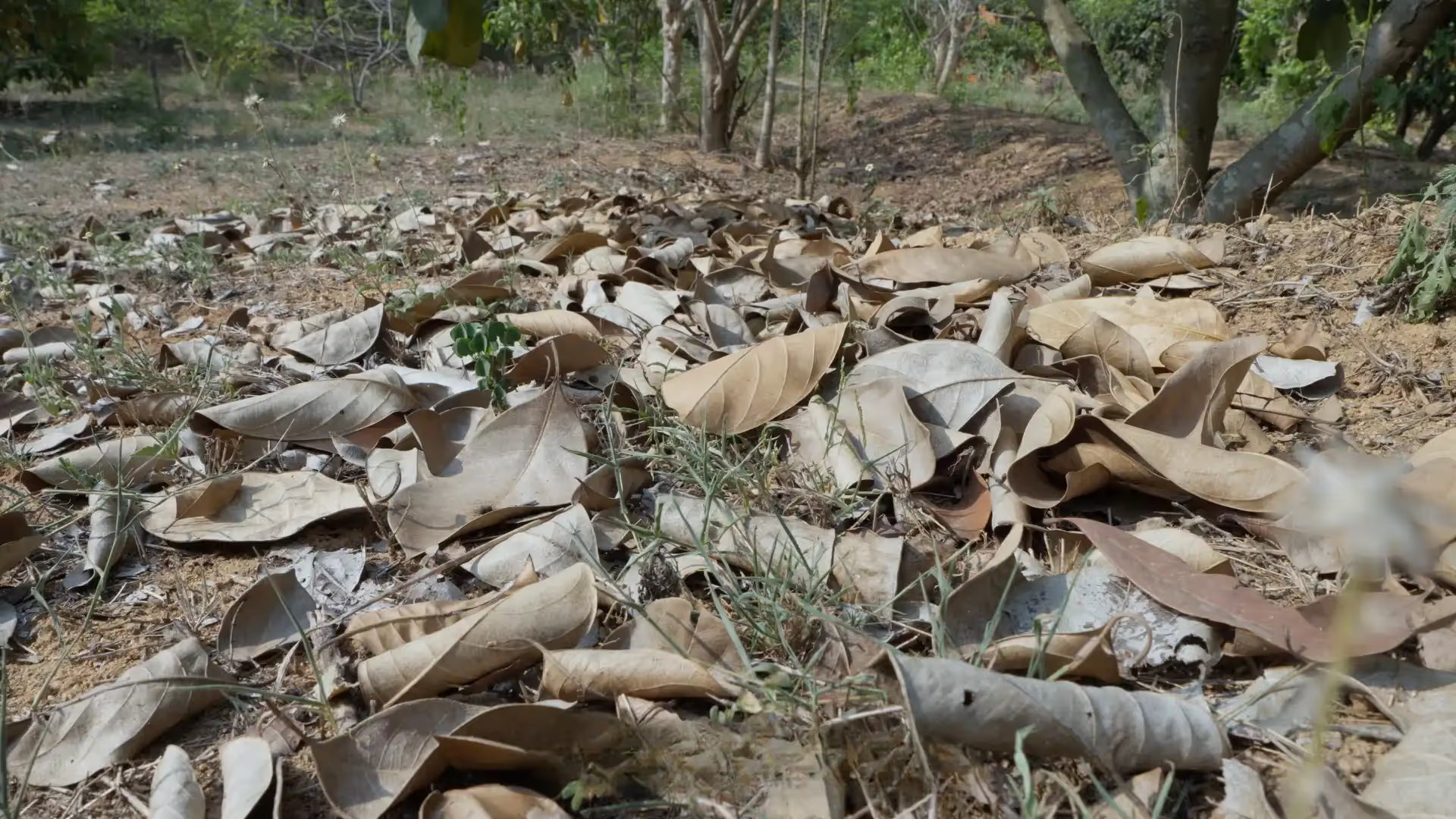
Also read: How an Alappuzha coir exporter nurtured a one-acre forest
Radical, romantic, restorative
For Kunhahammed, the trees are just the beginning. His food forests aren’t passive green museums; they are active, evolving landscapes. During year-round camps, children who spend time in the forest walk around pointing out plants with the confidence of junior botanists; even his son can identify the flora. “This is amla, that’s mango, and over there—a coconut tree,” his son says. These kids aren’t memorising facts for an exam. They are growing up with food in its natural form, watching it fall from branches instead of emerging shrink-wrapped from shelves.
There’s something almost monastic about the whole operation. Kunhahammed works with the patience of someone who knows the results may outlive him. “It’s not fast,” he admits. “But it’s resilient.” That distinction matters. In a time when even agriculture has been seduced by metrics like yield per hectare and units sold per season, he is playing a longer game. Apart from fruits, his forests offer shade, shelter pollinators, nourish fungal networks, sequester carbon, and cultivate knowledge.
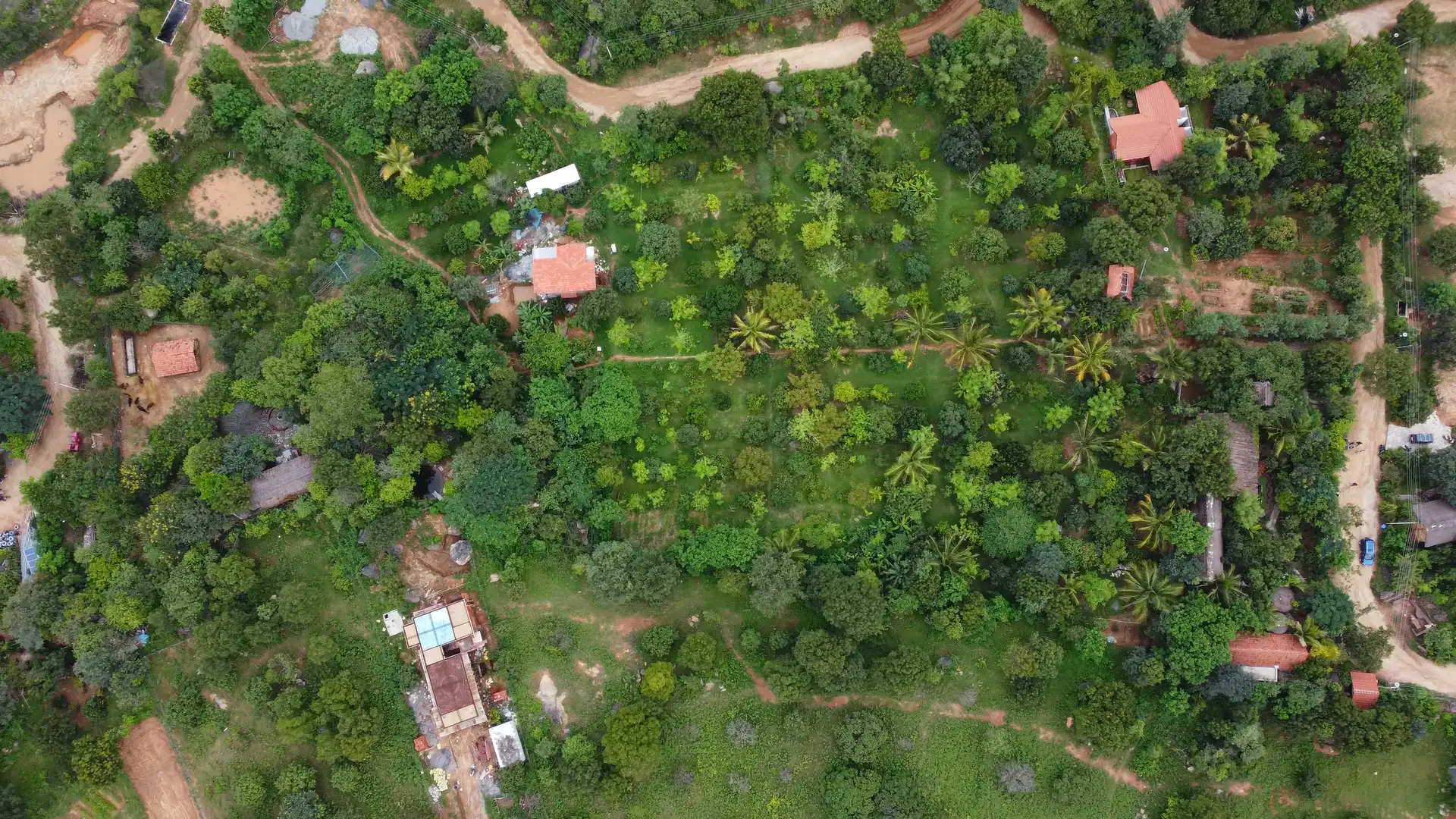
He tells the story of farmers who once had to sell their land or abandon it, returning to find the soil reborn. They now harvest mangoes, turmeric, lemons, and ginger from a space that had once choked on dust. Through seasonal events like ‘Magnifera’, a mango festival that doubles as a farmer's market that attracts around 300 participants, he’s trying to collapse the gap between grower and consumer.
Held every year in the second week of June, the event features a variety of mango-based dishes and showcases multiple mango varieties. Participants also learn about technical aspects, such as measuring the total soluble solids (TSS) of the fruit and how to cultivate them organically. In the last edition of the festival, over 250 varieties were exhibited.
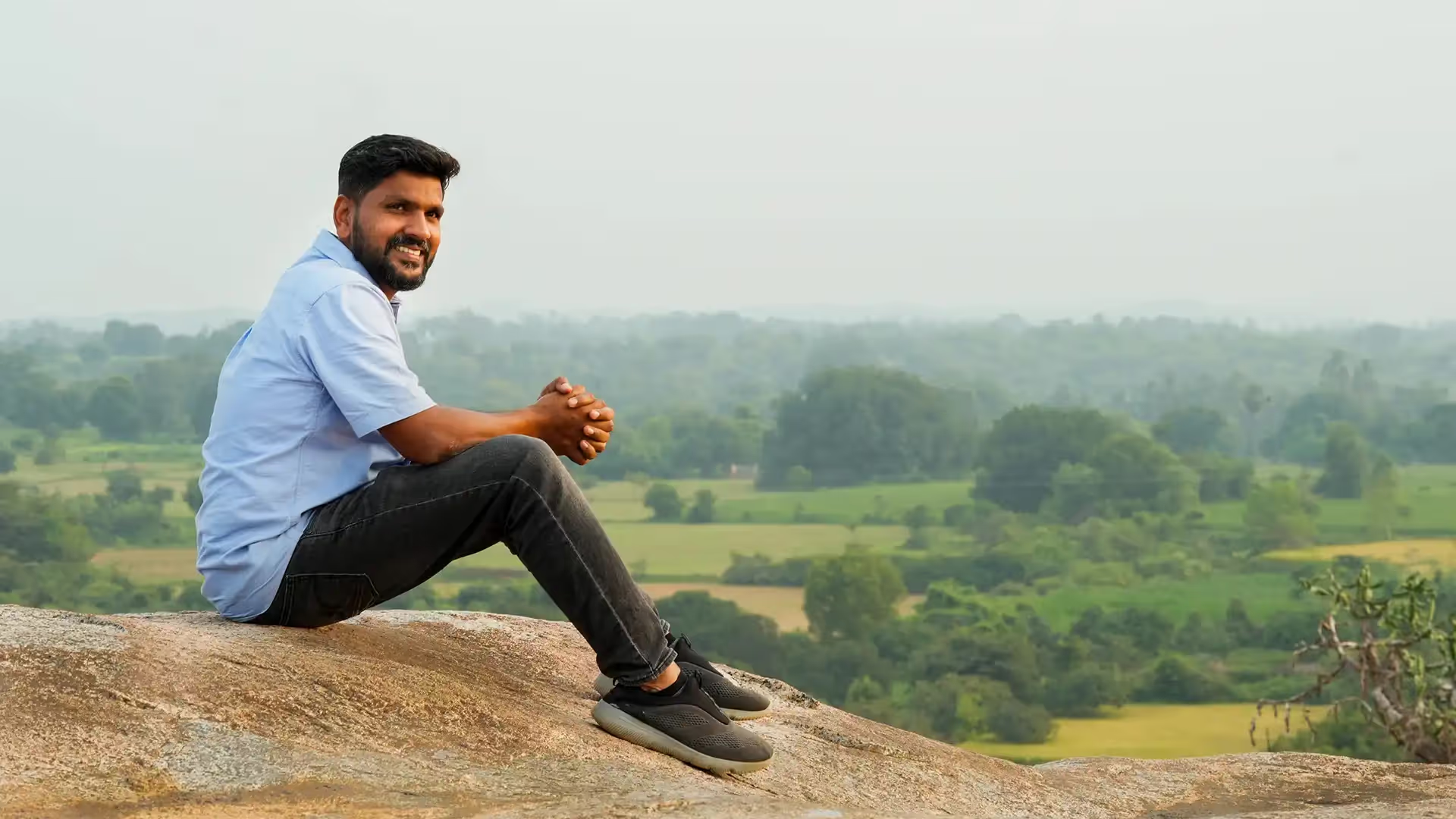
What’s radical here is not the novelty of the trees but the relationships they foster. There’s a slow collectivism at work: seed-saving circles, WhatsApp groups where someone’s banana glut becomes someone else’s supply, composting stations tended to by neighbours. Kunhahammed has developed a community to help coordinate these local economies, though he prefers to rely on the old networks operated through word of mouth.
That romanticism is deliberate. He’s trying to re-enchant agriculture, to make it seem not like drudgery but craft. And yet, the reality isn’t supportive of agriculture. Heatwaves are intensifying. The rain is erratic. Sometimes, entire saplings wither before they root. And bureaucracy is always a hassle.
In a time when even agriculture has been seduced by metrics like yield per hectare and units sold per season, he is playing a longer game.
Lately, his work has begun to draw attention beyond local communities. International organisations have taken notice, and he has been invited to present his methods at global forums, including the United Nations Convention to Combat Desertification, which took place in Riyadh, Saudi Arabia, in December 2024.
Also read: A man dreamt of a forest. It became a model for the world
A language of love
Yet, despite the recognition, he remains grounded. He urges those interested in agroforestry to begin slowly by experimenting on weekends, understanding the land’s cycles before committing fully. Without a system of support or sustainability, he warns, the shift can become overwhelming. He has seen too many people burn out after diving in too quickly.
There’s a moment when he plucks a ripe custard apple from a branch, eyes lighting up with the unmistakable pride of someone introducing something they’ve helped bring into the world. That same delight surfaces as he shares the fruit with his young son. In these small gestures, there is a quiet, persistent love.
At a time when ecological collapse feels inevitable and institutional efforts appear stagnant, the forests he nurtures stand as living rebuttals to environmental degradation. In a world that is increasingly on fire, Kunhahammed’s project is neither flashy nor does it promise rescue. But it does offer restoration. And that may be enough for now.
Explore other topics
References

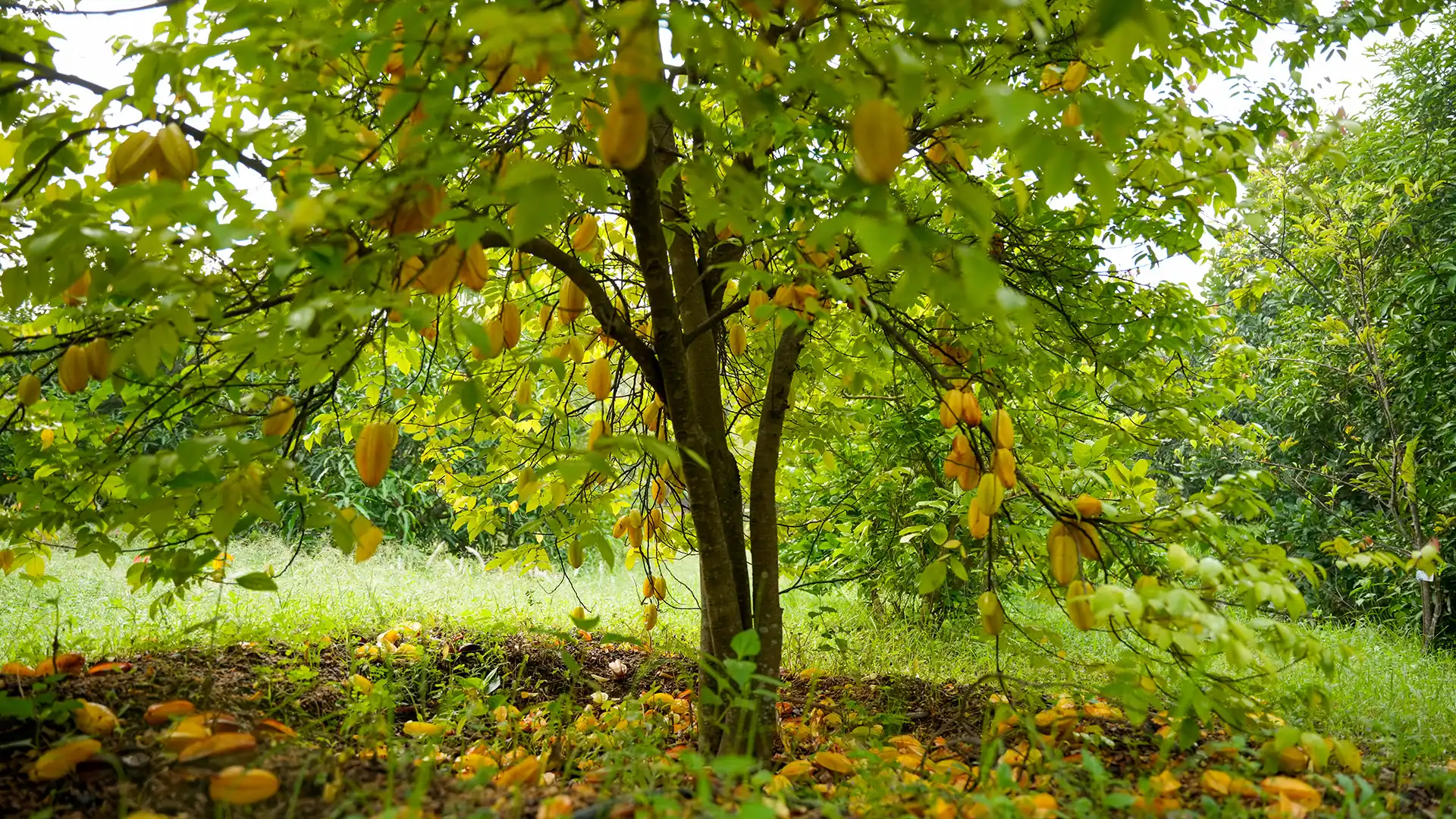

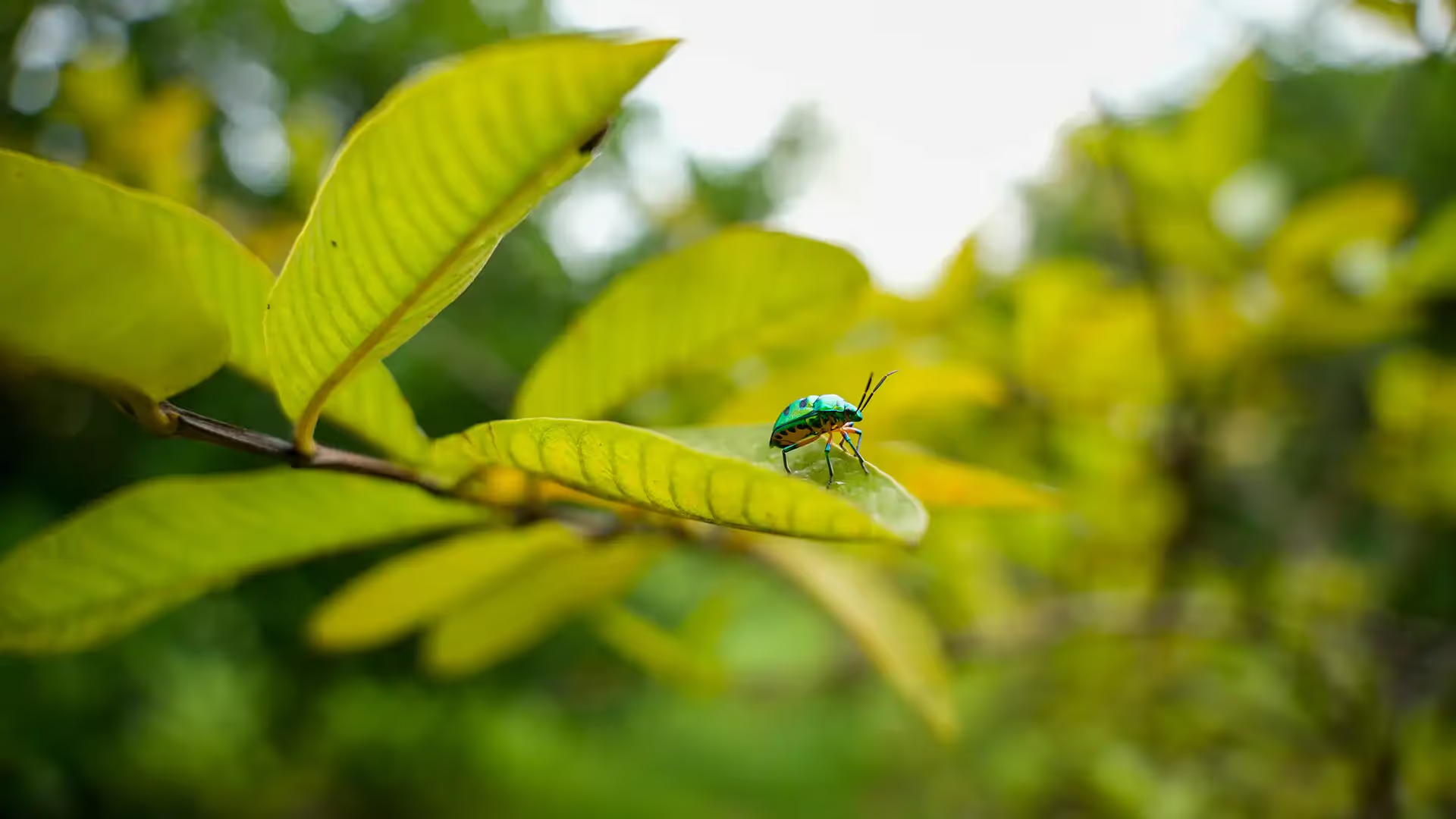

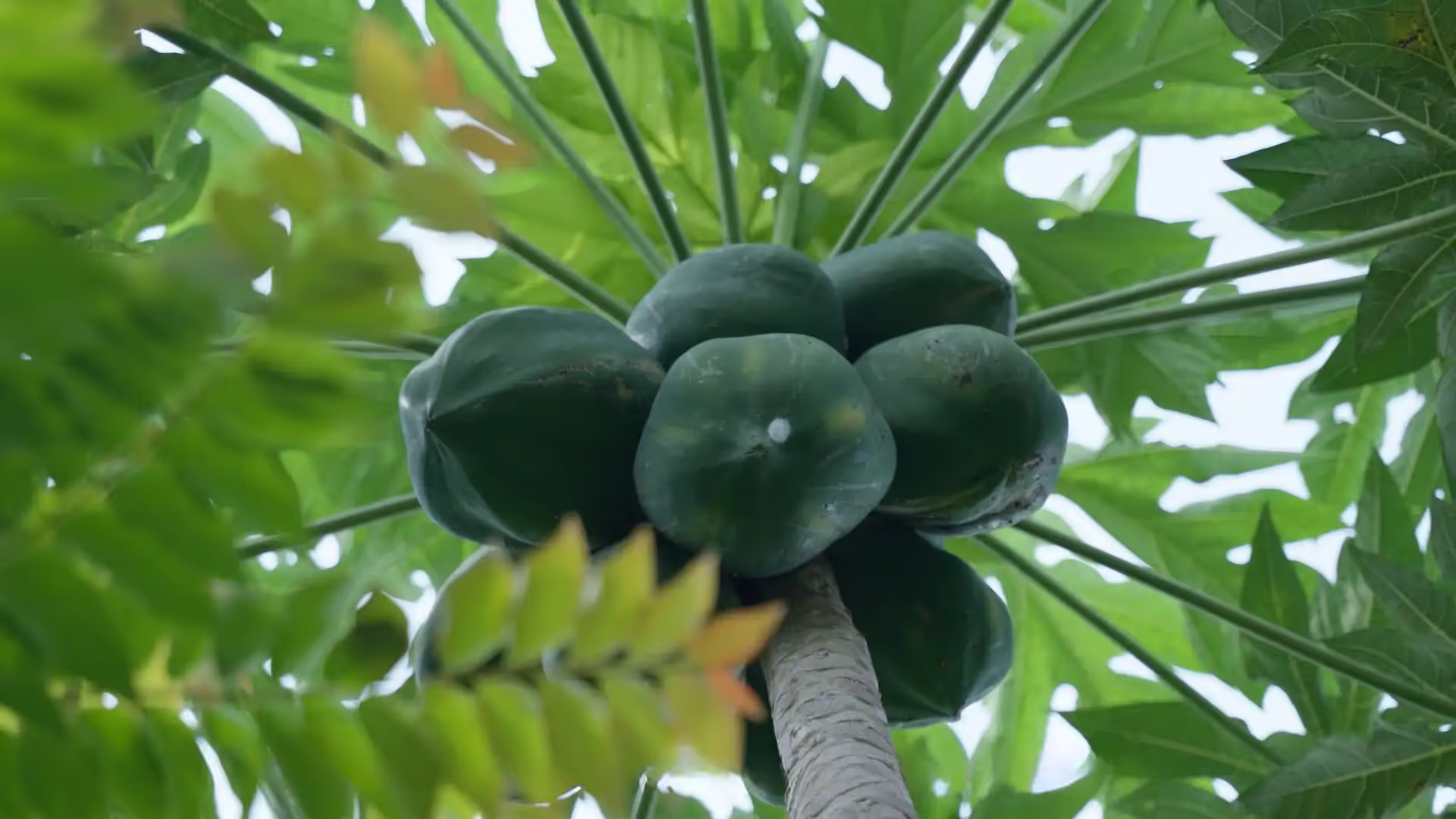
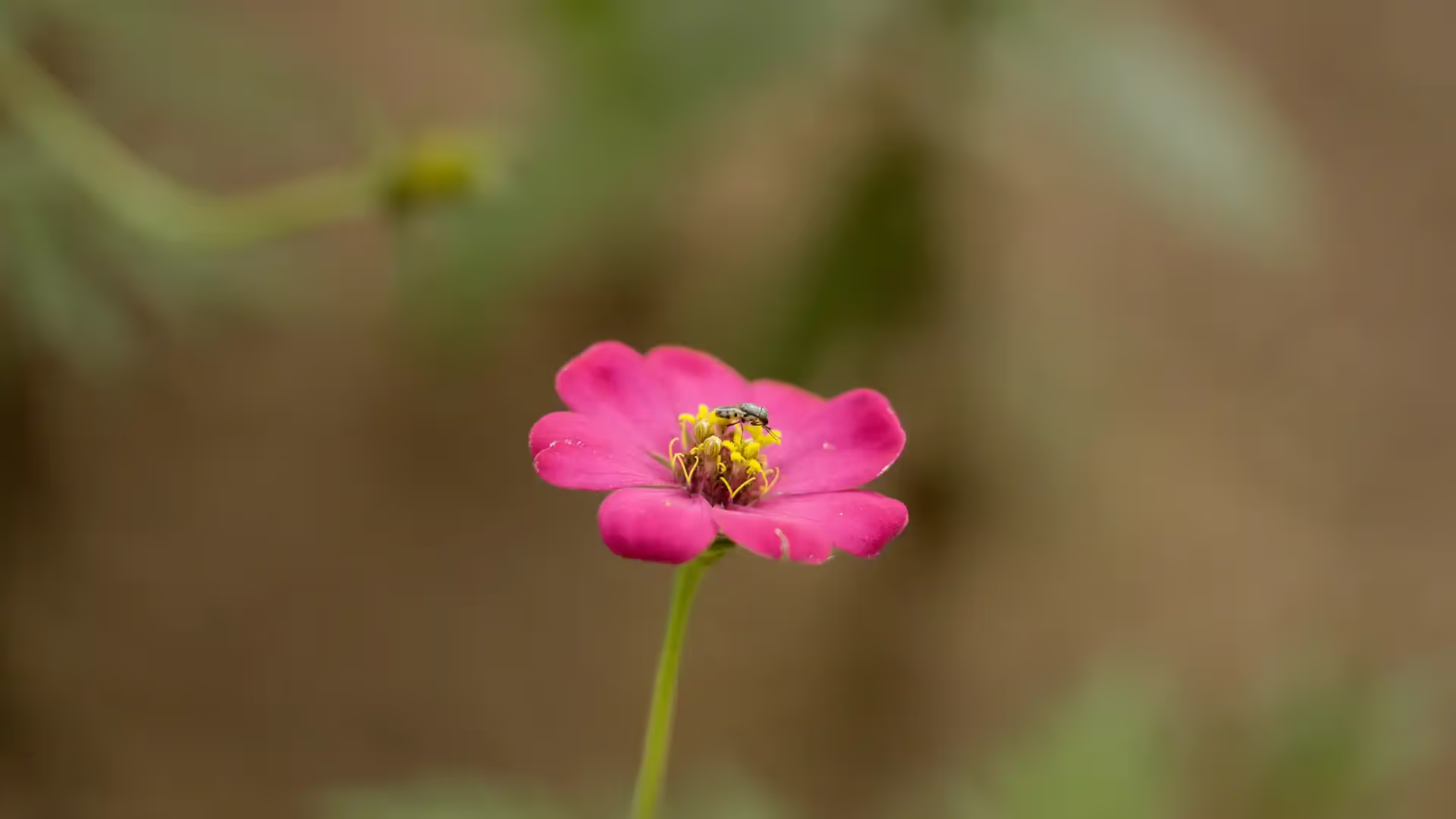



















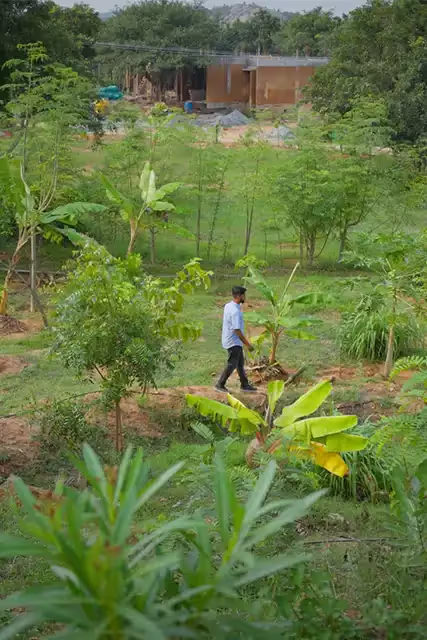



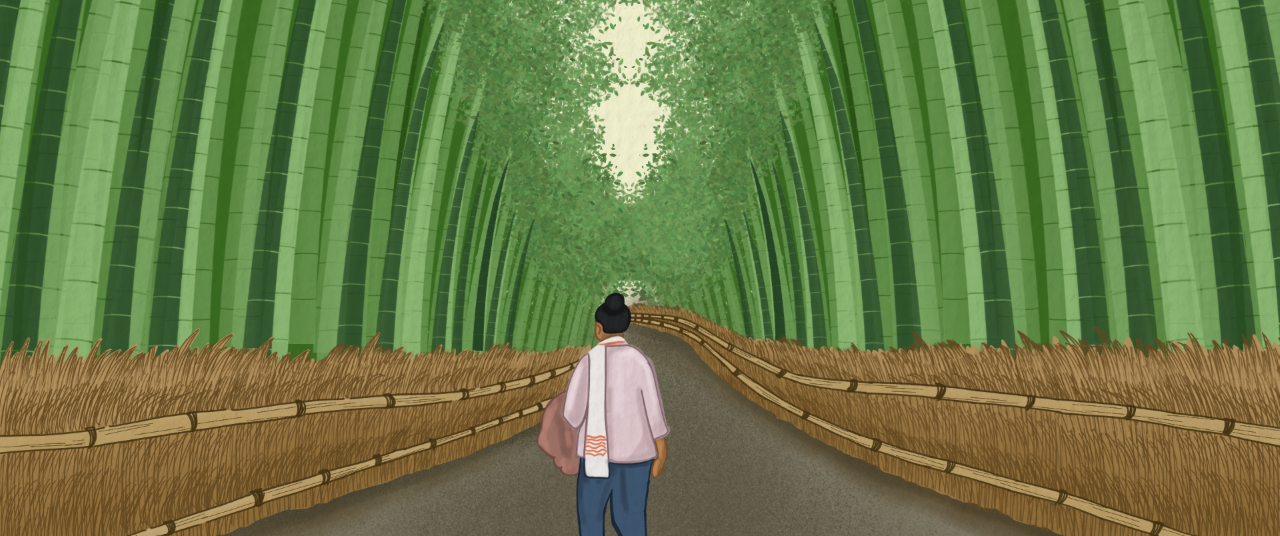
.png)

